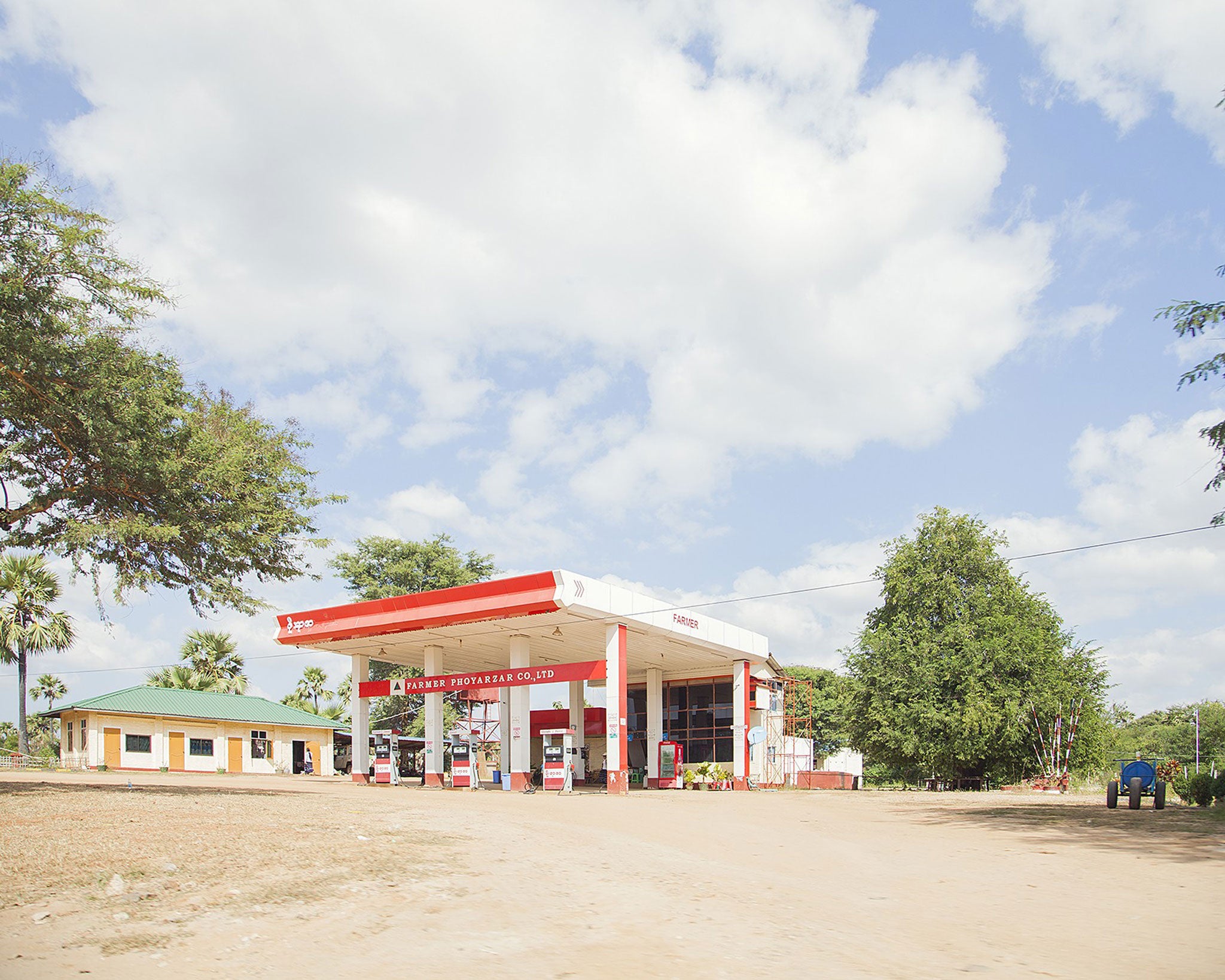Photographer Craig Easton captures the vibrancy of Burma's petrol stations
The 48-year-old was Inspired by the seminal 1963 series "Twentysix Gasoline Stations", which saw Ed Ruscha shoot the stations he passed from his home in LA to his parents' place in Oklahama City

Your support helps us to tell the story
From reproductive rights to climate change to Big Tech, The Independent is on the ground when the story is developing. Whether it's investigating the financials of Elon Musk's pro-Trump PAC or producing our latest documentary, 'The A Word', which shines a light on the American women fighting for reproductive rights, we know how important it is to parse out the facts from the messaging.
At such a critical moment in US history, we need reporters on the ground. Your donation allows us to keep sending journalists to speak to both sides of the story.
The Independent is trusted by Americans across the entire political spectrum. And unlike many other quality news outlets, we choose not to lock Americans out of our reporting and analysis with paywalls. We believe quality journalism should be available to everyone, paid for by those who can afford it.
Your support makes all the difference.Driving the iconic road to Mandalay last year, the photographer Craig Easton was taken aback – not by the romance of misty rice fields made famous by Rudyard Kipling's poetry, but by the vibrancy of the Burma highway's petrol stations.
"I was struck by the fact that every station was different and so unlike the uniformity of branding we are used to in the West," says the 48-year-old. "As we drove from Yangon, I would yell to stop the car every time we passed a gas station; the people I was travelling with thought I was nuts, of course, but they were very obliging."
Inspired by the seminal 1963 series "Twentysix Gasoline Stations", which saw Ed Ruscha shoot the stations he passed from his home in LA to his parents' place in Oklahama City, Easton photographed each station he passed during a two-day journey, for a series that reflects on the changing nature of Myanmar as it opens up to foreign investment.
Until recently, Burma's oil business was controlled by the state, but as regulations loosen, local entrepreneurs are setting up their own businesses, from traditional pump stations to roadside stalls selling petrol in dubious-looking bottles.
"It wasn't always easy for an outsider to know which were drink stops and which gas stations," says Easton. "It seemed to me that the clue was the yellow 10-gallon plastic containers, signifying that the content was petrol, as opposed to juice – although some were a little ambiguous.
"The final 'station' was one man with a single plastic bottle of gasoline for moped riders. Even at that tiny level, the newly liberated people in Burma are already turning to private enterprise."
For more from the photographer: craigeaston.com
Join our commenting forum
Join thought-provoking conversations, follow other Independent readers and see their replies
Comments